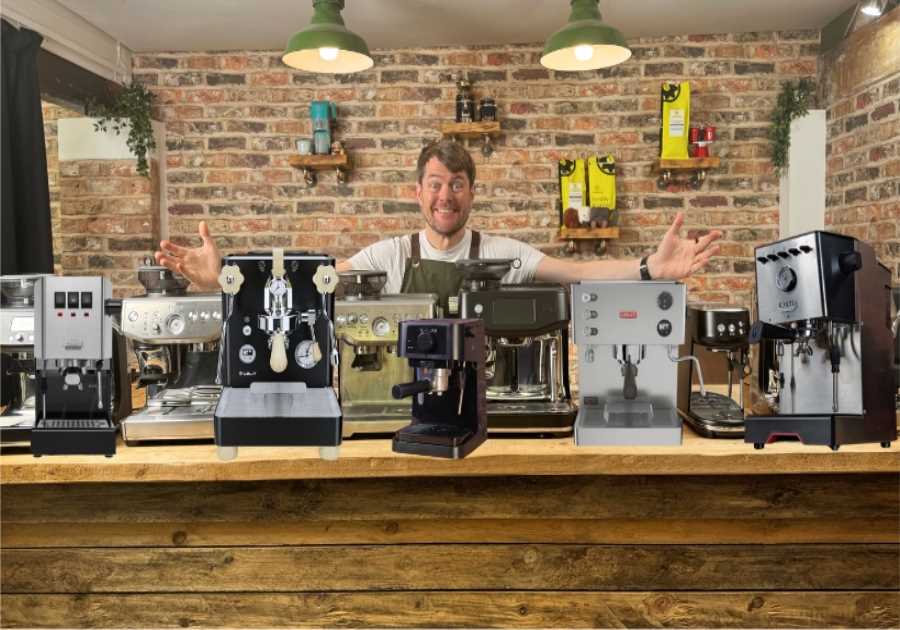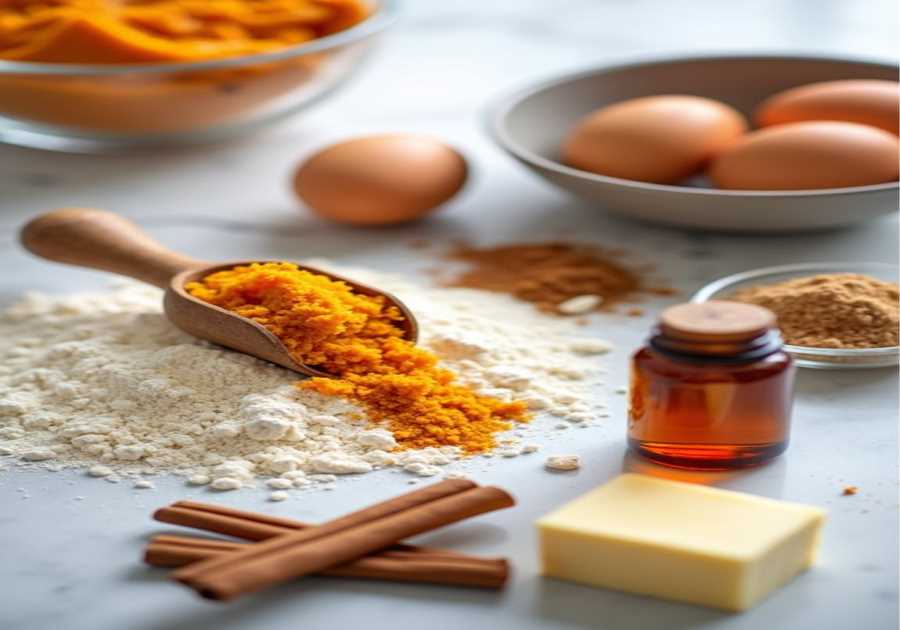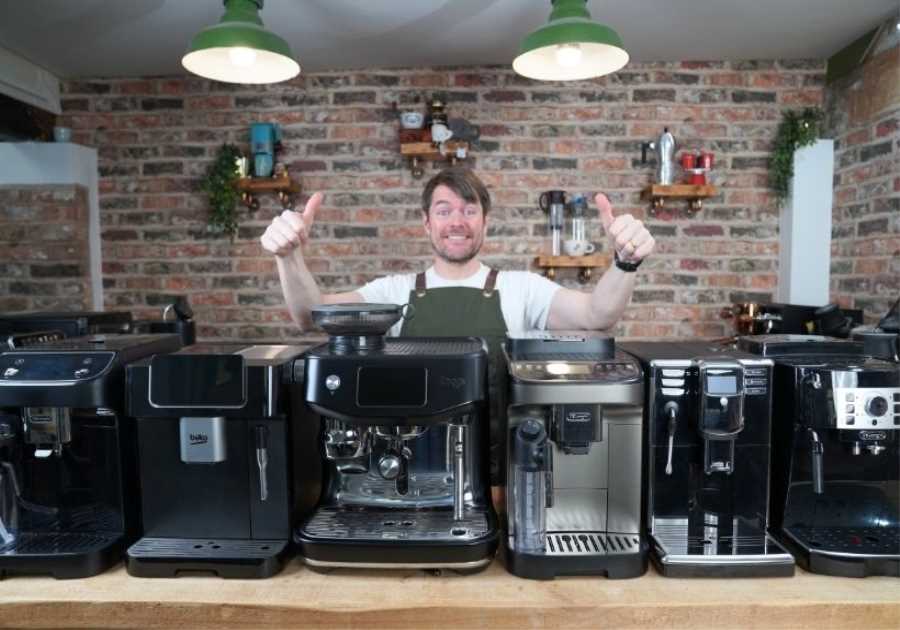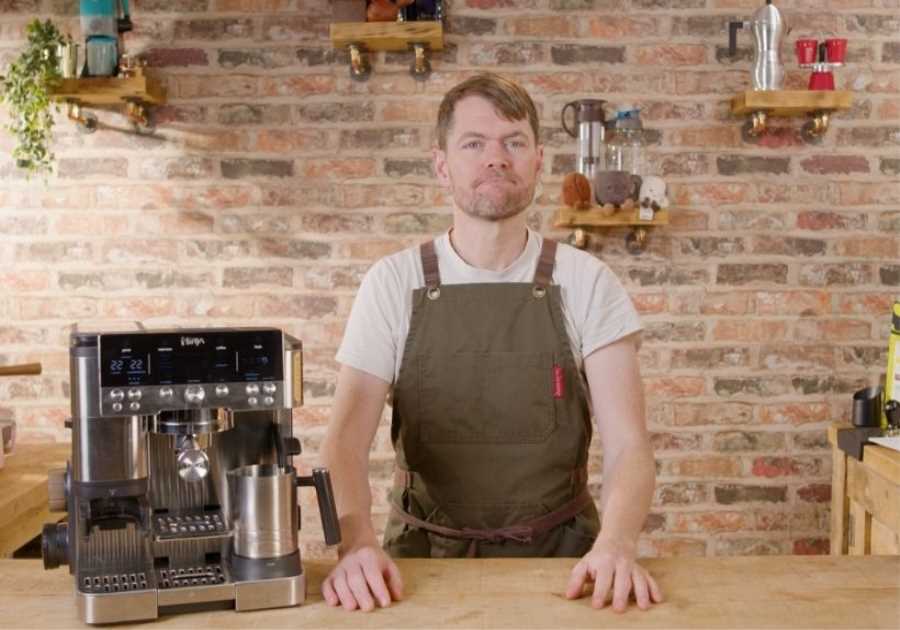If you’ve ever tried brewing your own espresso at home, you’ll know that it’s not always a simple feat. You may have the perfect espresso one day yet dirty dishwater the next time you try. If you’re struggling to get your espresso skills up to scratch then this article is for you!
We have a real treat in store with eight useful tips that will transform your coffee from muddy water into a real taste sensation. Once you master these steps you’ll be impressing friends and family with your coffee brewing expertise.
Let’s not delay any further and jump right in for the most important step, choosing the right kind of coffee!
1. Choose An Espresso Roast
The first thing to consider when brewing espresso is are you using appropriate coffee beans? To get the most out of your coffee maker you really want to be selecting beans that are roasted with espresso brewing in mind. Some coffee brands sell beans listed as ‘espresso roast’ so this is a great place to start if you’re unsure which ones are for you.
If there is no ‘espresso roast’ option then opt for a medium to dark roast bean rather than a lighter roast. The longer the roasting process, the more coffee oils have been released from the beans so this contributes towards a thicker crema. The darker roasts are richer in single-note flavors which stand out well when you use an espresso maker to brew them.
2. Buy Freshly Roasted Coffee Beans
The next, important consideration is, choose the freshest beans you can find. The best time to enjoy coffee is around 7-10 days after the roast date. After 1-2 months, you’ll notice a significant decline in the aroma and flavors you get from your beans. By 6 months, the beans will start to develop a bland, stale taste and are past their best.
Ideally, buy freshly roasted beans from a local coffee roaster. They will cost a little more than grocery store coffee but the price is well worth it for what you get back in flavor. Plus, you help support local businesses and encourage better quality coffee in your local area!
3. Adjust Your Grind Size
Brewing espresso to rival that of a barista is a finicky skill to master. The grinding of your coffee beans is no exception to this rule. Espresso coffee is brewed under high pressure and in a short period of time so you need to maximize the surface area of the coffee to allow the flavors to diffuse into the water.
This means you need to grind those beans to a pretty fine powder. The issue is, too fine a grind will add too much resistance to the brewing process and leave a thick, bitter shot. You want the right grind size for espresso, which is a medium-fine grind, that’s around the consistency of table salt.
The rub here is, you can’t simply choose one grind setting and stick to this forever. You will need to adjust the grind if you switch to different coffee beans or sometimes even just a different batch of beans. It’s a game of trial and error and it really takes practice to get it perfect.

4. Filtered Water
An often neglected point when it comes to brewing great-tasting coffee is the only other essential ingredient. That is, the water! The long and short of it is, bad tasting water will yield bad-tasting coffee. Chalky minerals and other impurities affect how the water takes up the coffee aromas and leave a bitter taste in your mouth.
Avoid this issue by filtering the water you plan to use to brew coffee. You can do this by using a filter jug to add the water or by fitting a filter to your coffee machine’s water inlet.
5. Pressure Matters (and so does the Portafilter Basket!)
Is your machine up to scratch? To brew ‘true espresso’ you really need a machine that can create at least 9 bars of pressure. The pressure produced by the machine is important for optimal flavor extraction but this isn’t the only factor to consider. The filter basket matters as well.
Portafilter baskets are either pressurized or non-pressurized. Whilst pressurized might sound good on the surface, they’re actually not the best for espresso brewing. They create crema by forcing the coffee through a small hole whereas non-pressurized baskets create an environment that’s pressurized. Non-pressurized baskets create this environment due to the tamping stage where you press the coffee in place. This gives resistance to the water flow and you get overall emulsification of the fats from the coffee beans, creating a thick and tasty crema.
For best results, use a non-pressurized filter basket and tamp that coffee down well!
6. Low-Pressure Pre-Infusion
This is a tip that works well only if you have an espresso machine that is geared up for it. Low-pressure pre-infusion is a process where you gently soak the coffee grounds at low pressure, gradually increasing this to the peak, high pressure needed for espresso extraction.
The idea is that the water is absorbed throughout the puck and this soaks the grounds so prevents the channeling of water as you brew the espresso. It is similar to allowing coffee grounds to “bloom” in other brewing methods.
This helps avoid brewing coffee with a mix of under and over-extracted portions so you end up with a beautifully balanced espresso. You can only do this if you have a coffee machine that you can adjust the pressure or that has a built-in, pre-infusion program.
7. Check the Water Temperature
Coffee has an optimal brew temperature. If the water is too cold then the coffee will taste thin and under-extracted. If it’s too hot then you’ll end up with a burnt, bitter cup of joe.
The water should be 195-205F (90-96C) for coffee that’s brewed to perfection. If your coffee is consistently tasting off, it’s worth checking the temperature of your machine to ensure it’s sitting in this ideal range.
8. Try, Try, and Try Again
The final tip for making better espresso is practice makes perfect. Espresso brewing is a combination of art and science and you need to master both of these aspects to get consistently great tasting java. You need to understand all the important parameters as well as develop a technique that allows your coffee brewing to be a creative outlet that’s unique to you.
If at first, you don’t succeed, don’t give up hope. Keep practicing and you will get there in the end. Great espresso brewing doesn’t happen overnight but the good news is, you can keep on trying until you get it just right.
Final Thoughts
I hope these tips have proved helpful in showing you the many ways you can adjust your brewing technique to end up with the perfect cup of espresso. A rich, syrupy texture and a thick head of crema is your reward for investing the time and effort. But don’t forget you need a good espresso machine, to begin with. Best of luck on your coffee-making journey and I wish you a happy brewing experience.
Please note this post is sponsorship by Above Average Coffee.
The post 8 Tips For Making Better Espresso appeared first on BIG Cup of Coffee!.
By: Dave HochTitle: 8 Tips For Making Better Espresso
Sourced From: bigcupofcoffee.com/8-tips-for-making-better-espresso/
Published Date: Fri, 22 Oct 2021 12:36:45 +0000






